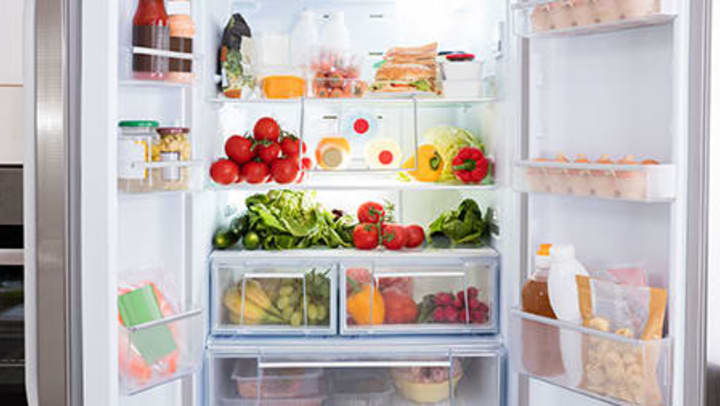Storing a refrigerator might seem straightforward, but ensuring it’s done correctly can greatly impact the appliance’s lifespan and efficiency. Whether you’re moving, renovating, or simply need to put your fridge away for a season, proper storage techniques are crucial. Here at TheKitchenApplianceDad.com, we understand the importance of taking care of your appliances, and today, we’re diving deep into the best practices for storing your refrigerator.
Before we get into the nuts and bolts of how to store a refrigerator, it’s important to understand why proper storage is so critical. Improper storage can lead to several issues, including mold growth, unpleasant odors, mechanical failures, and even reduced efficiency when the fridge is brought back into use. By following the right steps, you can avoid these pitfalls and ensure that your refrigerator remains in top condition.
The first and perhaps most crucial step in storing your refrigerator is to clean it thoroughly. Remove all food items and start by defrosting the freezer if necessary. Use a mild soap and warm water solution to clean all interior surfaces, shelves, bins, and compartments. Avoid using harsh chemicals or abrasive cleaners, as these can damage the surfaces of your fridge.
During transport and storage, loose parts like shelves, drawers, and bins can move around and potentially get damaged. Remove these components or secure them tightly within the fridge. Wrapping shelves in bubble wrap or placing padding between them can provide extra protection.
If you plan on storing your refrigerator for an extended period, it might be a good idea to have it checked by a professional beforehand. This check can include ensuring the coolant levels are adequate, the thermostat is functioning correctly, and there are no issues with the door seals or gaskets.

The storage environment plays a critical role in maintaining your refrigerator’s condition. Avoid places with extreme temperature fluctuations or high humidity levels. An indoor climate-controlled storage unit is ideal, but if that’s not available, make sure the storage area is dry and not prone to temperature extremes.
Always store the refrigerator upright to avoid compressor oil leaking into the cooling lines, which can cause damage over time. If moving the fridge is necessary, try to keep it as upright as possible, and avoid tilting it more than necessary.
When storing a refrigerator, always leave the doors slightly ajar to allow air circulation and prevent odor buildup. You can use a towel or a piece of foam to wedge the doors open slightly.
Covering your fridge with a breathable material can help protect it from dust and scratches while ensuring that air can circulate to prevent mold and mildew. Avoid using plastic covers as they can trap moisture inside.
If possible, check on your stored refrigerator periodically to ensure no issues have developed, such as pest infestations or new odors. This check is especially important if you are storing the fridge in a less controlled environment.
When it’s time to bring your refrigerator out of storage, there are a few steps you should follow to ensure it’s ready for use:
Storing your refrigerator might require some effort, but with these steps,you’ll ensure that it stays in excellent condition for years to come. Whether you’re dealing with a temporary move or long-term storage, the right approach can save you from costly repairs and extend the lifespan of this essential kitchen appliance. At TheKitchenApplianceDad.com, we’re always here to help you make the best decisions for your home appliances. Happy storing!

